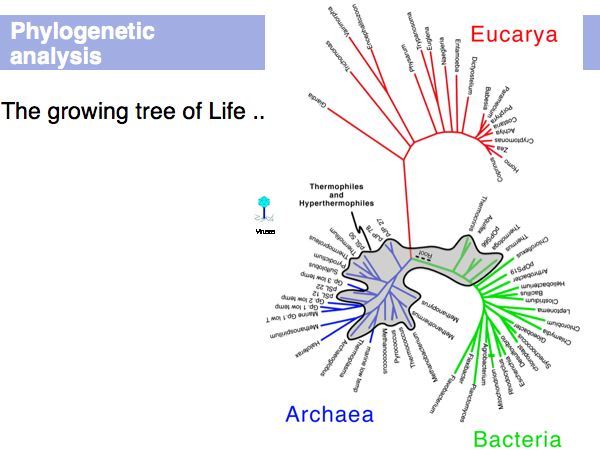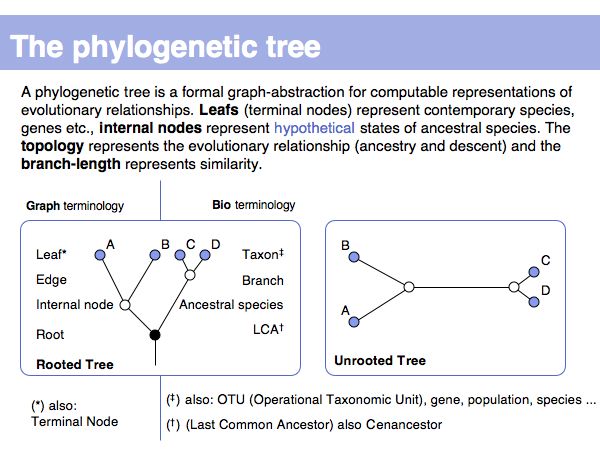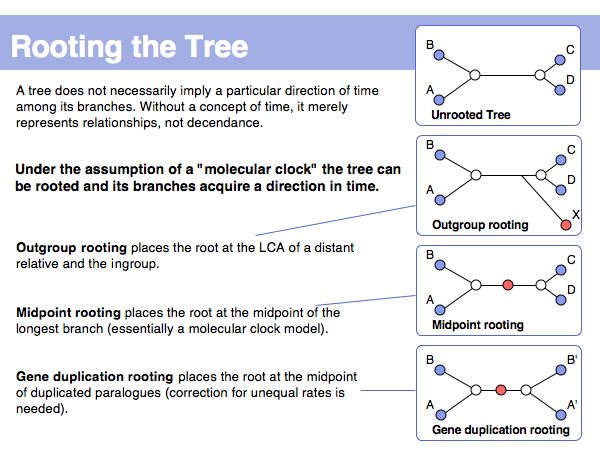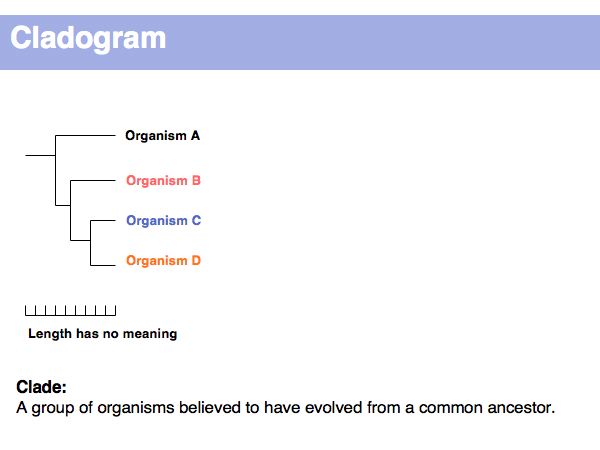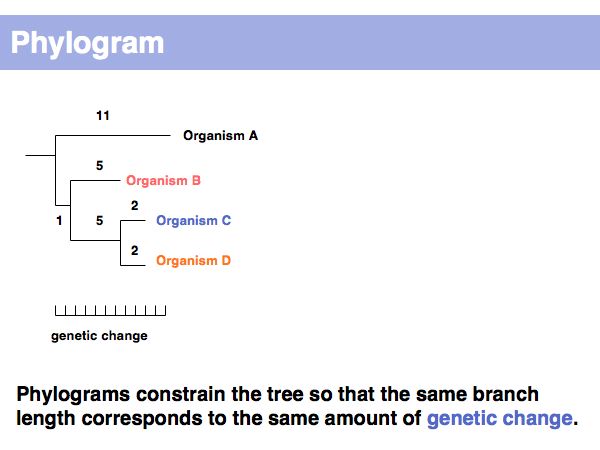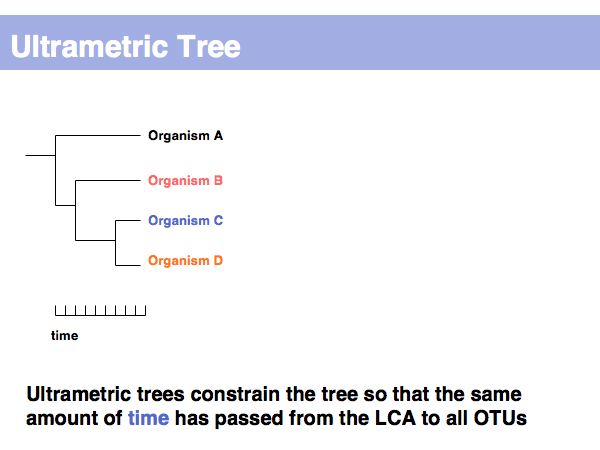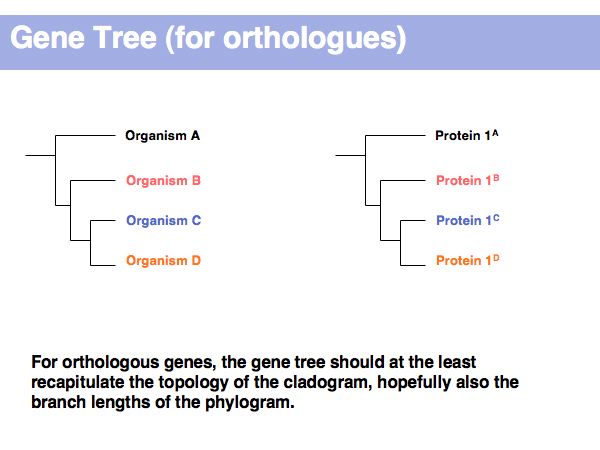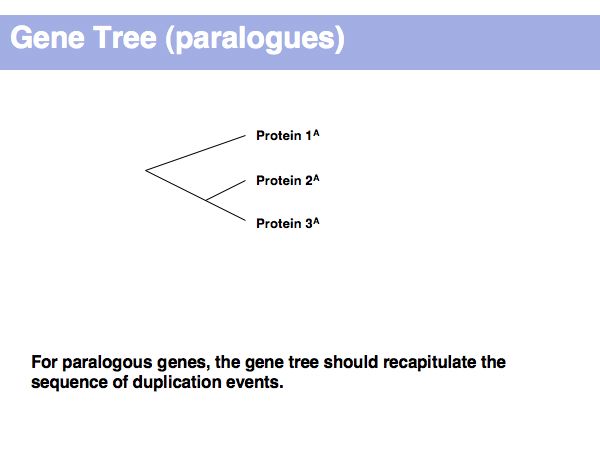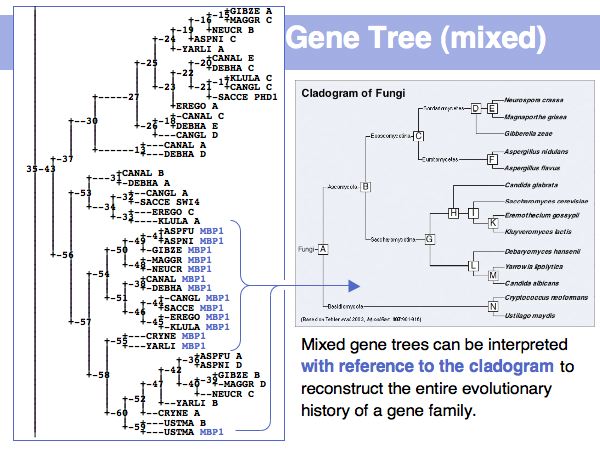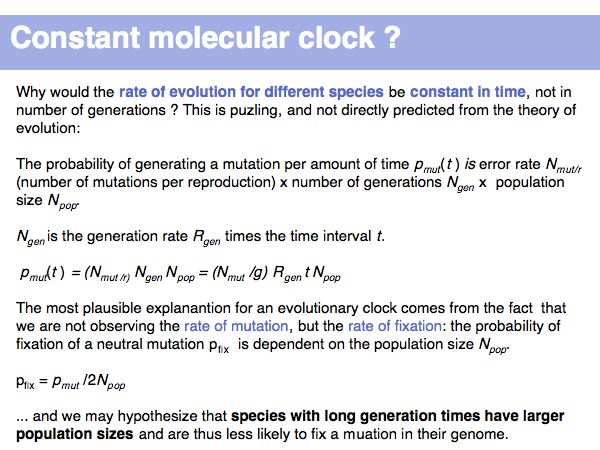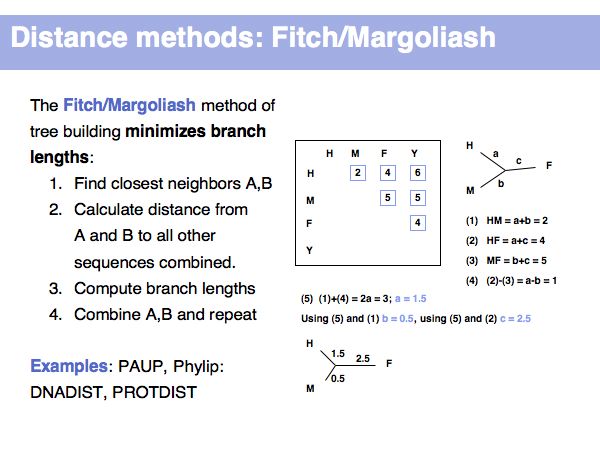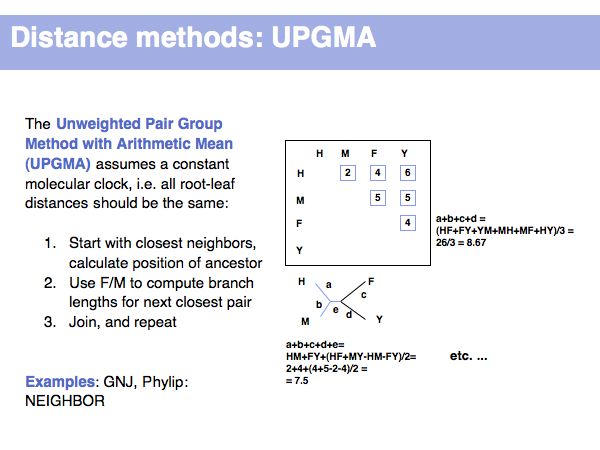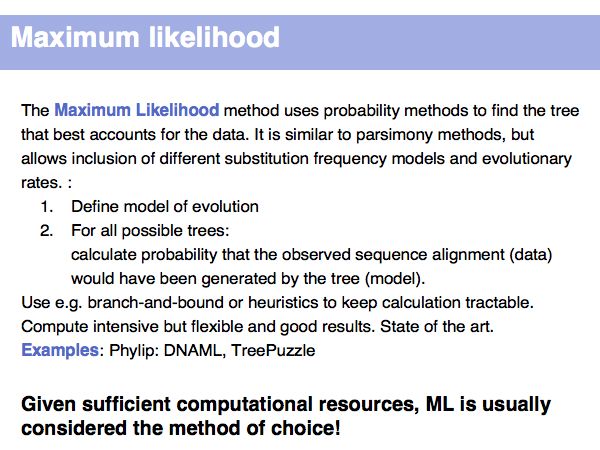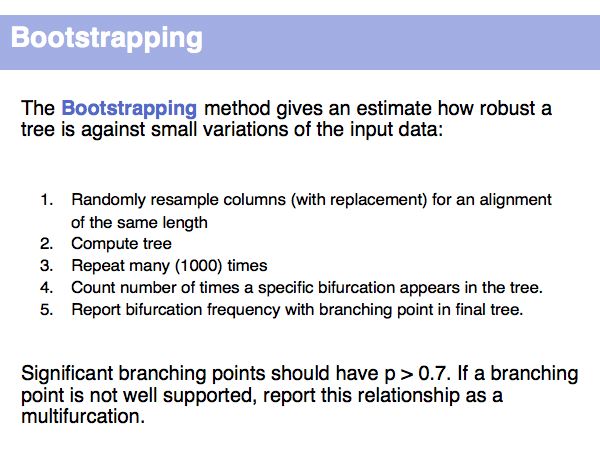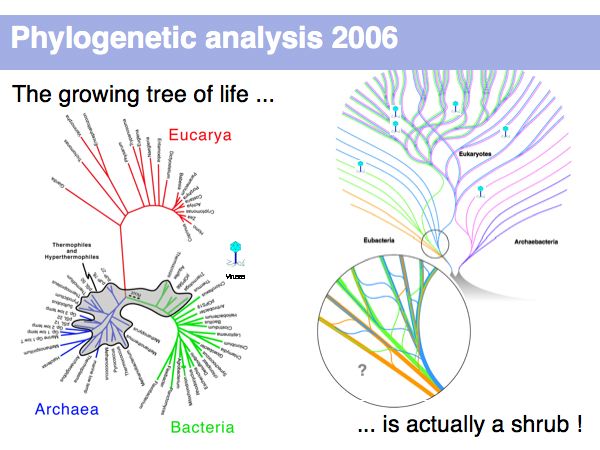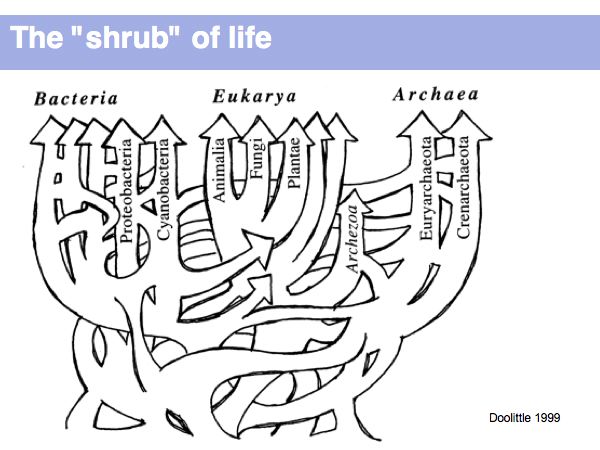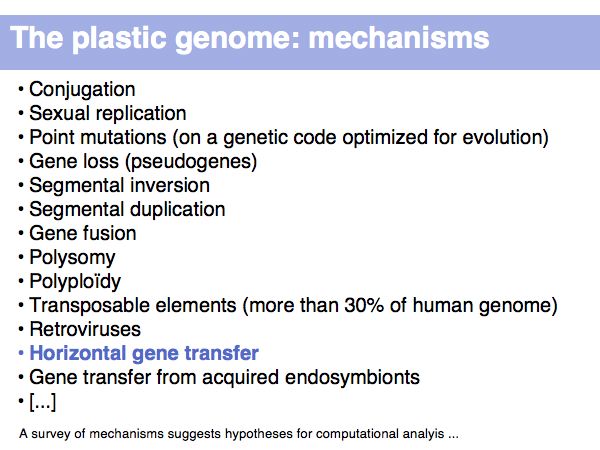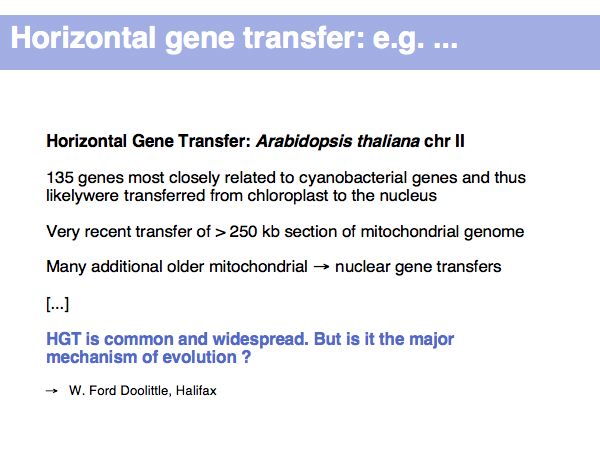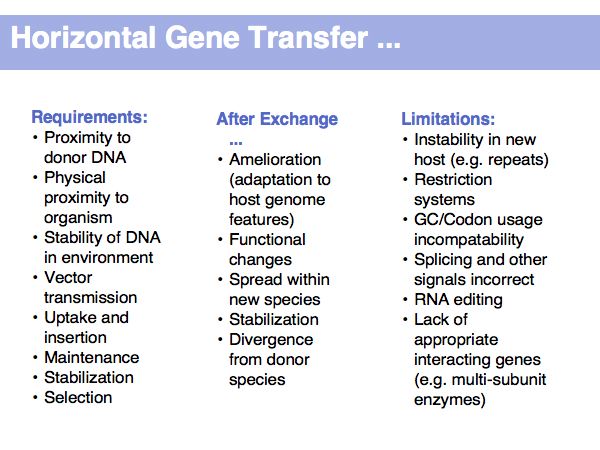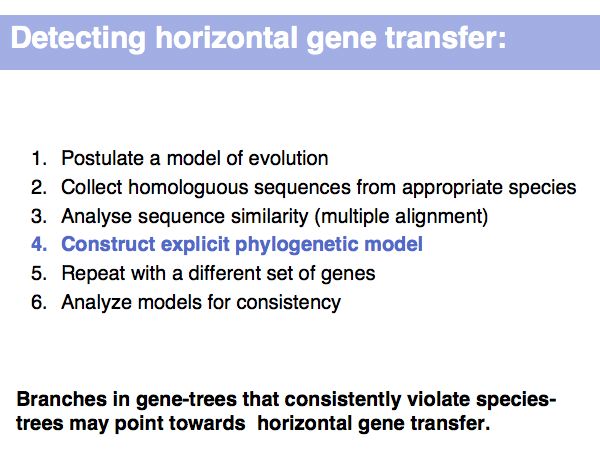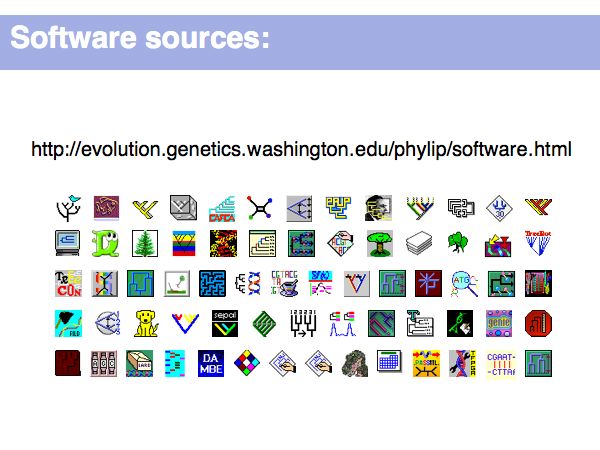Difference between revisions of "Lecture 17"
Jump to navigation
Jump to search
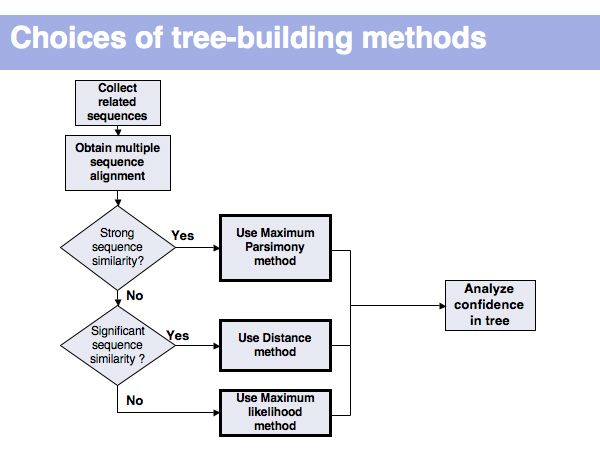
| Line 1: | Line 1: | ||
| + | <div style="padding: 5px; background: #FF4560; border:solid 2px #000000;"> | ||
| + | '''Update Warning!''' | ||
| + | This page has not been revised yet for the 2007 Fall term. Some of the slides may be reused, but please consider the page as a whole out of date as long as this warning appears here. | ||
| + | </div> | ||
| + | | ||
| + | |||
| + | | ||
| + | |||
| + | |||
__NOTOC__ | __NOTOC__ | ||
<small>[[Lecture_16|(Previous lecture)]] ... [[Lecture_18|(Next lecture)]]</small> | <small>[[Lecture_16|(Previous lecture)]] ... [[Lecture_18|(Next lecture)]]</small> | ||
Revision as of 15:28, 1 September 2007
Update Warning! This page has not been revised yet for the 2007 Fall term. Some of the slides may be reused, but please consider the page as a whole out of date as long as this warning appears here.
(Previous lecture) ... (Next lecture)
Phylogenetic Analysis
...
Add:
- Summary points
- Exercises
- Further reading
Lecture Slides
Slide 001
Slide 002
Slide 003
Slide 004
Slide 005
Slide 006
Slide 007
Slide 008
Slide 009
Slide 010
Slide 011
Slide 012

Lecture 17, Slide 012
Usually, analysis of confidence implies a "bootstrapping" procedure: rerun the analysis many times with partial data and analyze which features of the tree (branching order -> topology!) are well conserved, and which ones depend critically on unreliable features of the input data.
Usually, analysis of confidence implies a "bootstrapping" procedure: rerun the analysis many times with partial data and analyze which features of the tree (branching order -> topology!) are well conserved, and which ones depend critically on unreliable features of the input data.
